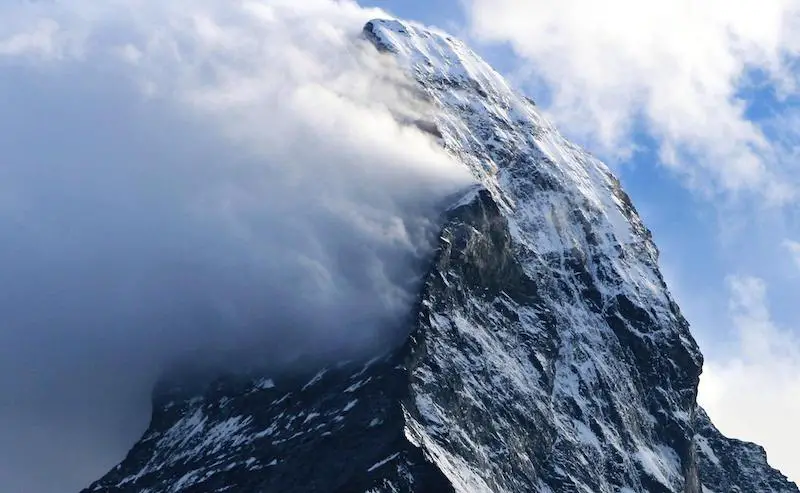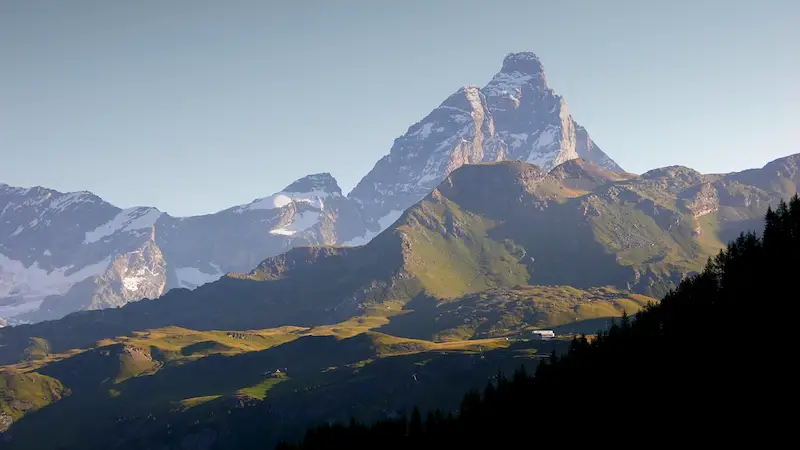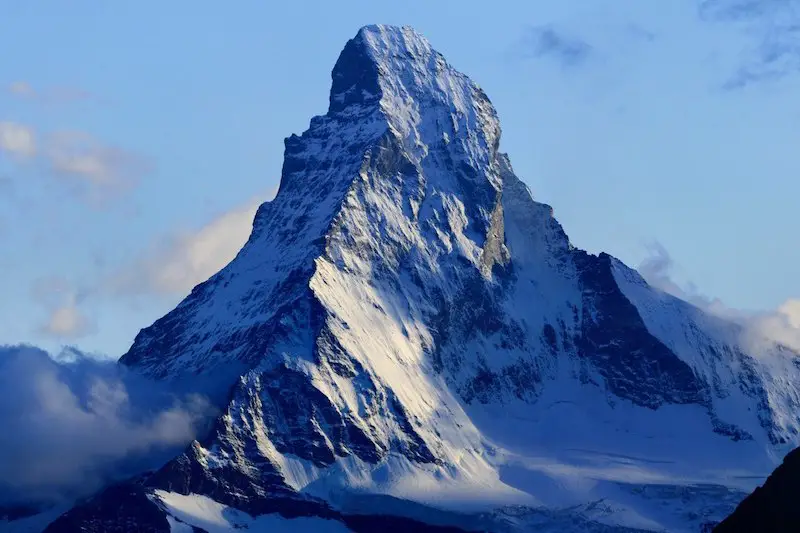Yesterday I shared a beautiful and compelling video from one of the most iconic mountains in Europe. In the text that accompanied that video I noted that Mont Blanc is one of the peaks responsible for the birth of mountaineering.
Another such mountain is the Matterhorn in Switzerland, which has been at the epicenter of alpinism for more than 150 years. But after a long and dangerous year on that famous peak, some guides are now saying that it may be too dangerous to climb.
Yesterday it was revealed that a South Korean climber fell to his death on the Matterhorn. That was the seventh death on the mountain this year, making this one of the more deadly seasons in recent memory.
That said, more than 500 climbers have perished over the years while attempting the well-known peak. That puts it in line with some of the more infamous Himalayan saints, although the Matterhorn likely sees more regular traffic than those other big peaks.
Apparently, the as-of-yet unnamed Korean alpinist was ascending the mountain with a climbing partner when he decided to back and head back down. This is not unusual if conditions are dangerous or a climber feels like they won’t reach the summit in a timely fashion. But after descending back to 12,140 feet (3700 meters) he reportedly slipped and fell, plunging over a cliff and plummeting about 656 feet (200 meters) to his death.

This accident comes just two weeks after two other climbers were struck by falling rocks and knocked from the side of the mountain, killing them as well. That high-profile incident mirrored a similar accident that claimed the life of a British climber back in June.
These frequent fatalities have left some to begin to question whether or not it is safe to be on the mountain at all, especially as conditions there seem to be deteriorating to some degree.
These deaths, coupled with ongoing instability on the mountain, have apparently led some Swiss guides to lave the mountain as “too dangerous.” A number of those guides have even been calling for the closure of the mountain altogether, saying it simply isn’t safe to take groups of visiting climbers up its slopes at the moment.
So far, the idea of closing the mountain has been flatly rejected by local officials and some other guides. After all, the Matterhorn has served as a source of income for the region for decades.
Closing the mountain isn’t without precedent however. Back in 2003, the Matterhorn was shut down because instability was causing massive rock slides high on its slopes. That summer, Europe was embroiled in a very long and hot heatwave, not unlike what it has experienced this year.
Experts say that the warmer temperatures are causing the mountain’s permafrost to thaw out, which is allowing rocks and debris to become loose and go tumbling down its slopes. This is something that could continue to be an issue not only now, but in years to come as climate change warms the planet in general.

To put things somewhat into perspective, last year 11 people died on the Matterhorn, although it does see an estimated 3000 summits during any given year. Meanwhile, there were even more deaths on Everest during the spring climbing season, with a little less than 900 successful summits.
In other words, the Matterhorn is a safer mountain than Everest, as least when you boil it down to just raw numbers. Of course, there are a lot of factors to consider as to why that is the case, not the least of which is the much higher altitude found on the Himalayan peak.
Still, it helps to understand just how many people are attempting to climb the Matterhorn in any given year and how relatively few of them actually perish. The loss of any of those climbers is tragic of course, but the death rate on the peak is incredibly small.
That said, the thawing permafrost is likely to only become a larger problem moving forward. Climate change is altering mountains all over the world, and these types of dangers are likely only going to increase.
Shutting the mountain down entirely may not be the answer, but educating climbers about the dangers can help the situation. Chances are however, these once safe and well-trodden peaks are only going to continue to become more treacherous.
- Gear Review: The Xero Scrambler Mid is an Ultralight Hiking Shoe for Spring - March 1, 2023
- Gear Review: Yeti Roadie 48 Wheeled Cooler - August 18, 2022
- Kristin Harila Continues Pursuit of 8000-Meter Speed Record - August 16, 2022
